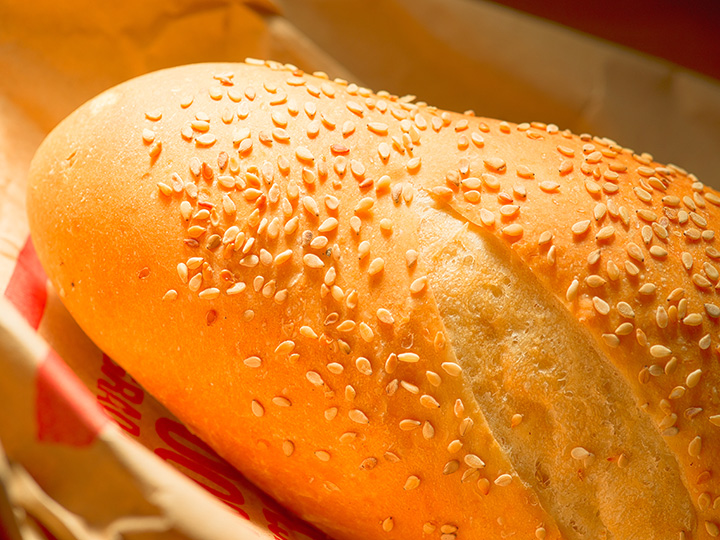Carbs in the Diet

Dietitians often recommend that carbohydrates equate to 50% of one's daily calories. As always, everyone has their own specific diet requirements or special needs such as one who has diabetes. This information should only be used as a guide and one should consult their physician or a certified nutritionist.
Where to find the best carbs
In looking for the best carbs, one only has to keep a few simple rules in mind when looking for high quality carbs. The rules are:
- Vegetables (eat raw or lightly steamed to conserve nutrient value)
- Beans (not from cans; higher in sugar than the dry beans in the bag)
- Salads (light on dressing, stay away from creamy dressings)
- Fresh Fruits from produce section of grocery store (canned stuff has too much sugar)
- Whole Wheat / Whole Grain breads (good sources of fiber and complex sugars)
- Plain baked potato (only 100 calories and a quality source of carbs that will fill you up!)
- Brown rice (good source of dietary fiber and complex sugar)
Realistically, these rules can’t always be followed but if you can 80% of the time, you’ll do just fine.
Where the worst kinds of carbs are
White flour-based products are often the emptiest carbs (behind table sugar) that we can eat. These include: bread, tortillas, all-purpose baking flour, pasta, rice, and more. Basically, if it's white and plain, it’s does not have as much health benefits as it could. Even white flour foods that are enriched can't compare to their whole wheat counterparts.
One of the worst (if not the worst) places for carbs are white sugar products such as candy. While sucrose is the simplest form of sugar, it's also broken down so fast by the body that one may experience a "sugar high" where their energy levels are off the chart because the body is using so much of this nearly instant energy source. This can also lead to crashes when one's blood sugar levels drop. The amount of insulin produced to counter the sugar highs is also quite substantial. With more complex carbs, the body takes longer to break these down and thus regulates the blood sugar levels more efficiently.
Wheat flour vs. white flour
With all the talk about whole wheat vs. white flour products, it's time to break down what makes the brown foods so much better than the white foods.
The flour used in both brown and white products generally comes from the same place, wheat berries. The wheat has three parts: the bran, the germ, and the endosperm. Whole wheat flour products use all three of these parts while white wheat only uses one part, the endosperm. One of the most important losses from whole wheat to white is that white does not have the fiber content its whole wheat counterparts do as well as other nutrients.
While most white flours will be enriched, this does not mean they contain the same nutrient value that whole wheat products contain. Fiber, essential fatty acids, and the majority of vitamins and minerals will no longer be present in enriched white flour.




